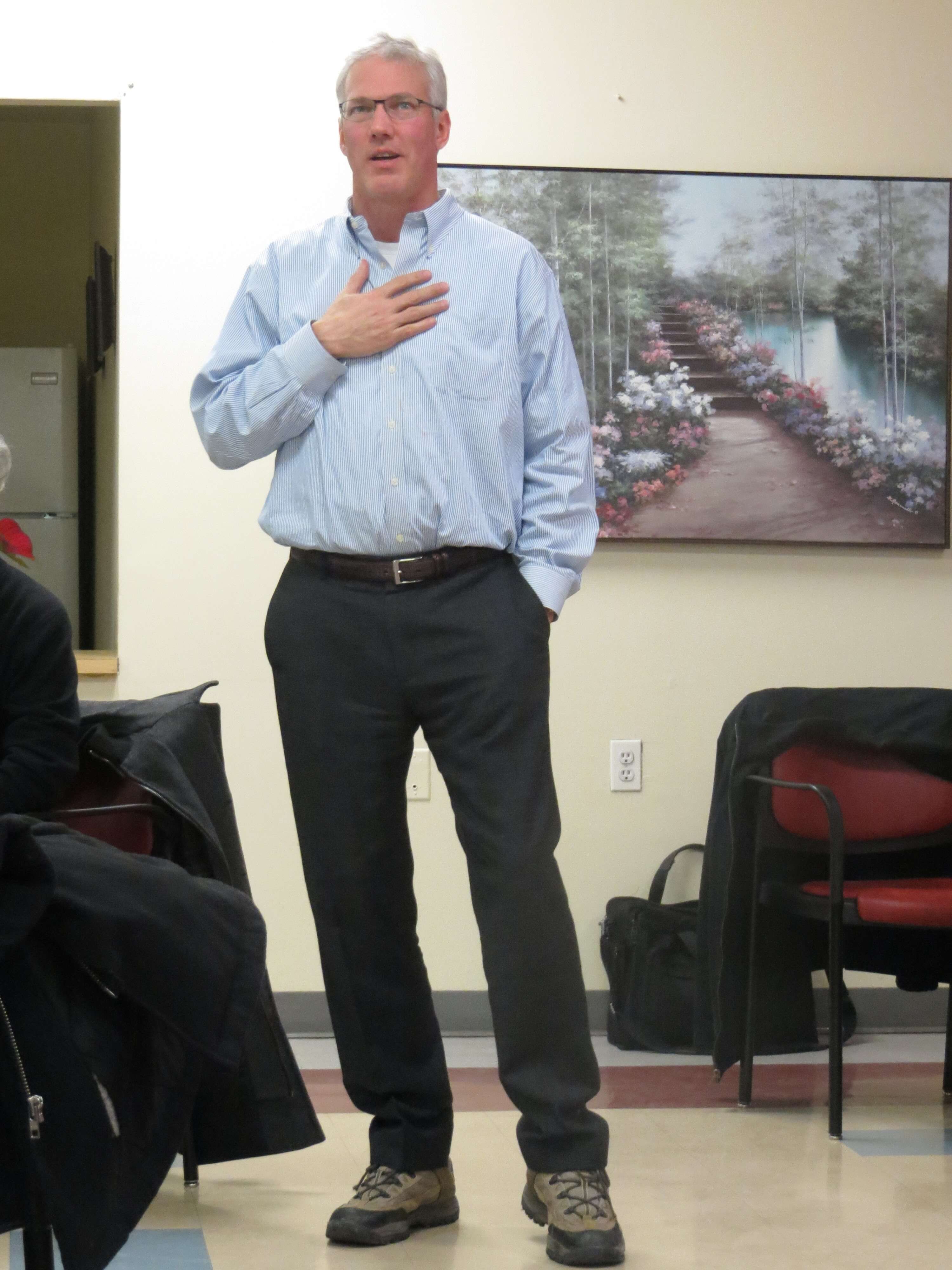At the end of March, the EPA filed an Administrative Order making specific demands of the City of New York regarding their unkept promises at the Gowanus Canal cleanup.
Christos Tsiamis, Chief Engineer of the project, has said many times in the past that the Federal government, of which the EPA is part of, has sovereignty over city government, which is the city we live in.
The City has been fighting the Superfund process from the beginning, initially trying to prevent it from ever happening. The Bloomberg administration maintained that it could clean the Canal and prevent recontamination using a combination of tree planting and sticking holes in the ground, enabling stormwater to seep into the ground instead of overflowing the sewers and send waste materials into the canals during storms.\
A big reason NYC was against the Superfund designation was money. The Superfund was originally funded by the federal government through special taxes, and for many years it was that funding that paid for cleanups. However, that funding ended and was not renewed, and instead the perpetrators of the pollution were called upon to pay for the costs of cleanup. It turns out that after the gas company, whose pollution of toxic compounds was the most egregious poison, the City was the next biggest polluter, using the Canal to dump sewage overflows into.
The master Superfund plan, called the Record of Decision, was issued at the end of September, 2012, and called upon the City to end that practice, or at least diminish it, by building two giant storage tanks into which sewage would be diverted in a rainstorm. At the end of a storm, the sewage could then be released and travel to the appropriate treatment plant.\
Tsiamis suggested that the larger tank could be placed under a public swimming pool at Thomas Greene Park. The pool had to be dug up and toxing removed as part of a cleanup plan. The tank could then be built and the pool replaced on top of it, and the city wouldn’t have to dig a hole or buy any land, since they already owned the park. The cost estimate for the plan was $70 million.
The DEP and Parks Department didn’t like that idea and chose instead to spend money to buy nearby buildings to build a more elaborate system, in the process displacing a film studio, pushing the costs to over a billion dollars.
The city agreed in 2014 to begin working on plans for both tanks. The EPA has been very strict about making a timeline and keeping to it, so that the cleanup would be done as quickly as possible. The City however, has not even started work on one of the tank designs, which the EPA only recently found out about, which was the reason for this most recent Administrative Order.
At the regular April meeting of the Gowanus Community Advisory Group (CAG), EPA’s lawyer, Brian Carr, who has been on the case since the beginning, seemed to have a message to the group concerning the just released Gowanus Rezoning Plan.
For many years, various members of the CAG tried to question the EPA about the rezoning—basically wanting to know what how the cleanup could be planned without knowing exactly what would be coming to the neighborhood. Tsiamis and Carr were always reluctant to say anything, as rezoning was not part of their business in NY—just the Canal cleanup.
However, part of their responsibility includes preventing recontamination. Why should anyone pay to clean something that would just get fouled again? This was the first meeting since the release of the actual rezoning.
“The EPA fully intends to review all the information in the draft EIS (the rezoning plan) to ensure that all of this (both tanks) is constructed and actually works in the way that it is intended. In recent years, our relationship with the City has not been ideal,”Carr said.
Referring to the city’s uncooperative attitude with the EPA timetable, Carr said:
“There are years that are lost here, and it is in the context of the rezoning very important that the things that the public is being told here, about the infrastructure being put into place are actually going to occur.”
What he is basically saying is that while the EPA has the backing of the federal government and a legal team to ensure that the City does what it is supposed to do under EPA law, who will make sure that the City will comply with the promises they make to the public in their own Gowanus rezoning plan.
Author
-
Founder and editor of the Red Hook Star-Revue. George is also a musician and one-time progressive rock disk jockey, in York, Pennsylvania, also birthplace of Mrs. Don Imus.
View all posts
Founder and editor of the Red Hook Star-Revue. George is also a musician and one-time progressive rock disk jockey, in York, Pennsylvania, also birthplace of Mrs. Don Imus.









